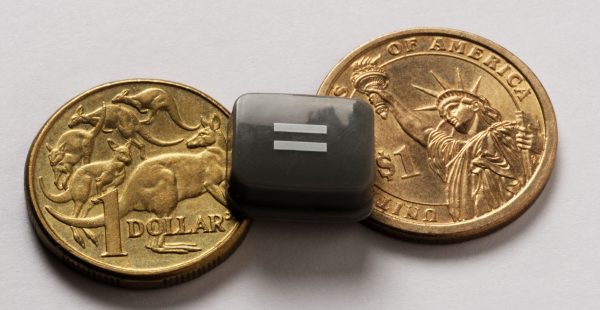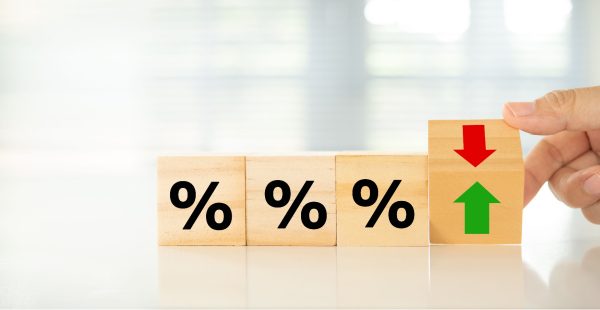10-year forecast: Bonds, again, a ‘portfolio anchor’, EM equities in vogue

Bonds are making a comeback “as the engine of investors’ portfolios”, while global and emerging market (EM) equities could prove an increasingly attractive option for investors over the next decade, according to Amundi’s latest 10-year global market forecast.
While Amundi, Europe’s largest asset manager, forecasts a “higher growth and lower inflation” environment over the next decade, it does foresee “slightly lower returns” compared with its 2023 forecasts.
Returns from developed market (DM) equities will be particularly challenged, Amundi predicts, with the US lagging overall (5.6% annualised expected returns over the next 10 years) owing to expensive valuations. European and Pacific (ex-Japan) equities may offer investors better returns, of around 6.5%.
Conversely, EM equities ex-China look increasingly appealing – and particularly so for Indian stocks.
Private equity, Indian equity and emerging markets (ex-China) are expected to see above 7% returns over the next decade, while the US market should lag.
Between 2023-33, the firm forecasts an average GDP growth gap of 2.3% in favour of EMs against DMs.
Amundi predicts that a traditional 60% equity/40% bonds split in US allocations is likely to deliver much lower returns compared to the past 10 years, dropping from 7.5% to 5.2% in annual returns.
“Investors will have to add to EM bonds, EM equity and real assets to seek returns in the 6% range,” the firm said.
Bonds, overall, will likely regain their role as a key performance engine in asset allocation, with the “long-term view on high-quality bonds [remaining] positive”, Amundi wrote.
The EM debt, hedge funds and private debt asset classes offer the most appealing return potential with medium risk.
Noting the challenging risk-return backdrop for risky assets, Amundi called on investors to increase diversification by adding these asset classes, which have “low correlations to bonds and equities”.
Despite the challenges facing DM investments overall, 10-year growth levels have been revised upwards because of delayed climate policies and some positive effects stemming from the adoption of artificial intelligence (AI).
“We assume this adoption will be gradual, given the need to assess the social and energy costs of AI. Moving towards 2050, higher physical risks from extreme weather events and the diminishing effects of AI should bring growth down.”
In addition to the opportunities emerging from net zero investing and AI, Amundi notes that healthcare, IT and communications services will likely be “global winners, together with financials benefitting from higher rates”.
EMs will struggle on the road to net zero, with increasing variability on responses. However, countries that are rich in minerals, which are critical for the energy transition, could benefit the most.
Time to reorder of asset class profiles
Bonds, Amundi said, “should regain their role as a major performance contributor”.
A conservative allocation (70% bonds to 30% equities), thanks to better return potential from bonds, will see similar performances to an equities-heavy portfolio of the past decade.
Amundi further recommends the optimal allocation of 45% and 55% for global aggregate bonds for those moderate risk profile investors.
Real and alternative assets also deserve a place in strategic asset allocation, with Amundi recommending a roughly 20% allocation.
“In the real and alternative space, hedge funds and private debt continue to have an attractive profile.
“Infrastructure is a good diversifier, while real estate is more challenged. Private equity remains a key growth engine for investors with a higher risk and illiquidity tolerance.”












Yeah, add this to the track list of Canberra's greatest hits.
What about the genesis of the term "Qualified Adviser". Did we ever learn of the clown who devised that term…
AMP don’t have any control over where the linked adviser channel places their business. The Joint parliamentary committee seems to…
Too little too late … they will dismiss you like your nothing!!
Is it clear who instructed Dixon remain as an AFCA member? There was a question on notice in the senate…